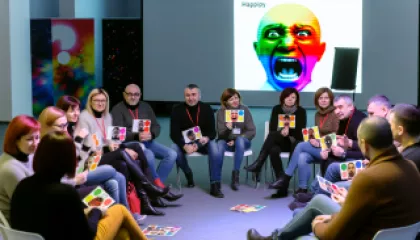Applying Lessons from 'Inside Out' to Understand Cognitive Development
1 year ago
Cognitive Development
There's no denying that Pixar's animated film 'Inside Out' is a delightful cinematic experience. But beyond its entertainment value, the movie provides a profound exploration of cognitive development in adolescents. This article will examine the lessons from 'Inside Out' and how they can help us to understand cognitive development.
The Crucial Role of Trust Building in Strengthening Relationships
1 year ago
Trust Building
Trust is the cornerstone of any relationship, be it personal or professional. It's the glue that holds people together, the foundation upon which all successful relationships are built. Without trust, relationships crumble. In this article, I will delve into the crucial role of trust-building in strengthening relationships, and why I believe it to be an indispensable aspect of human connection.


